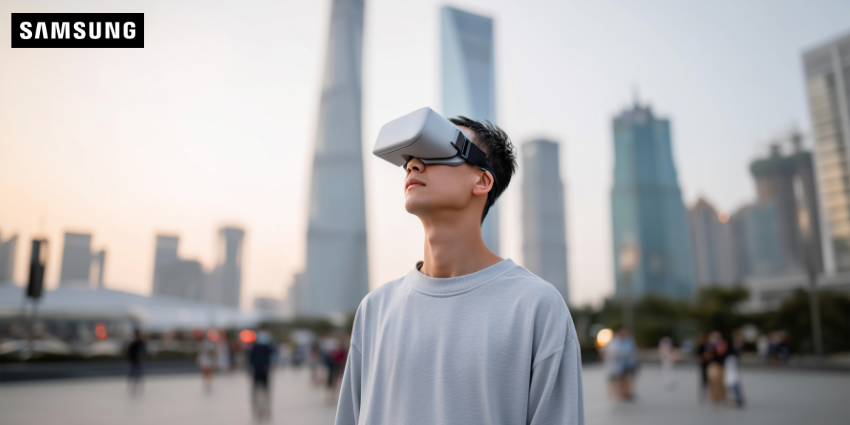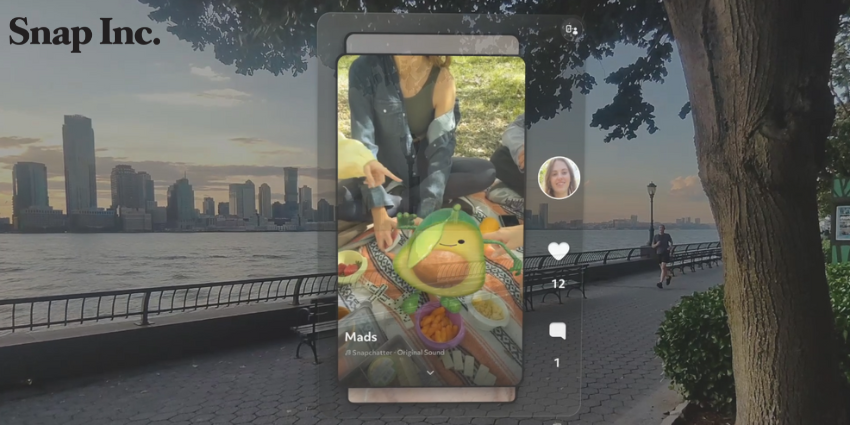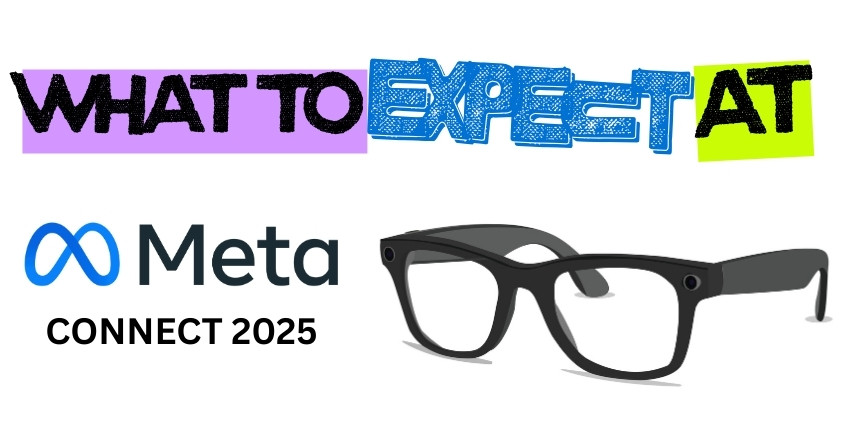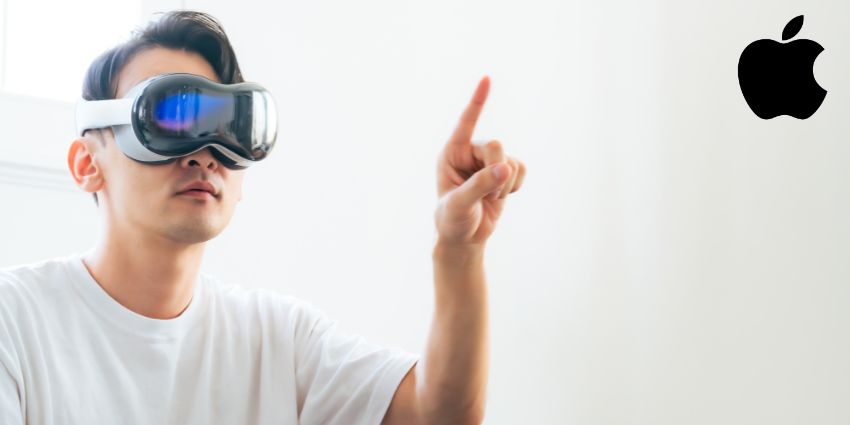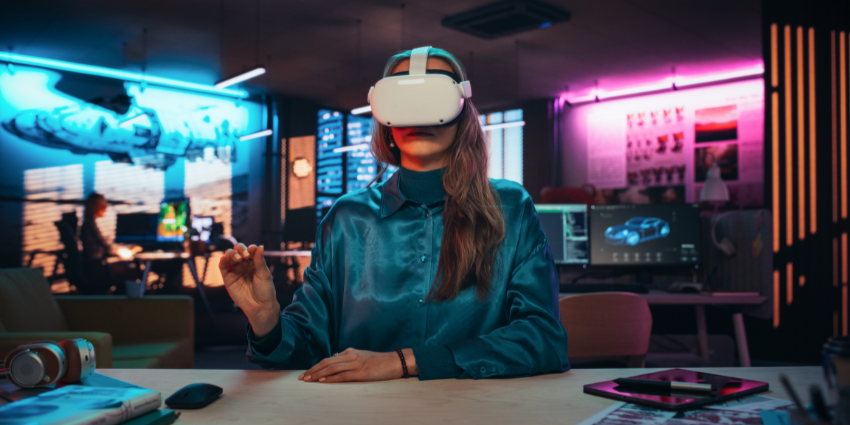Meta Connect will launch next week. Zuckerberg’s company is creating anticipation, with audiences expecting significant announcements during the September 28th event, which continues to engage mainstream audiences year after year.
Meta is planning on debuting =an accessible MR device for consumers. It aims to mirror its success in deploying the Quest 2, which brought VR to the mainstream consumer conversation.
Moreover, Meta CTO Andrew Bosworth says the upcoming Connect 2024 AR Smart Glasses announcement is “ground-breaking.”
The CEO of Meta is one of the wealthiest individuals in the world. His focus on delivering consumer XR devices is to solidify his position at the top of Forbes’ richest list. Therefore, Meta Connect is of utmost importance. To successfully enter both enterprise and consumer markets with XR products, the company must stay ahead in research and development. This involves offering devices with impressive features and specifications at an affordable price.
Other companies such as Apple, Samsung, LG, and Sony also invest in XR technology. Each company has varying levels of success in the enterprise market, but only one can emerge as the leader.
Snap Launches Fifth-Generation Spectacles and Snap OS
Snap Inc. has released the fifth generation of Spectacles and Snap OS, described as the ‘next frontier of AR glasses’.
The latest Spectacles are see-through, standalone augmented reality glasses that can use Lenses to experience the physical world with a digital overlay.
These Spectacles are powered by Snap OS, the social media application’s newest operating system. It is designed to ‘bring Spectacles to life’ through its intuitive interface and features that enhance users’ daily lives.
Goetz Trillhaas, Managing Director of Snap Inc, said:
Introducing Snap OS, our groundbreaking operating system powering the fifth-Gen Spectacles – see-through standalone AR glasses that seamlessly augment reality and let you experience the world in totally new ways. Snap OS is designed to enhance natural interactions with the environment using intuit ive hand and voice controls. And you can even experience it together with your friends. This isn’t just about cool tech; it’s about making AR accessible and immersive.
“It’s about setting the standard and crafting an easy-to-use interface that makes technology accessible to everyone,” Trillhaas remarked.
Meta Enters “Multi-Generational” AR Smart Glasses Contract
Just before Meta’s Connect 2024 event, EssilorLuxottica, the firm’s partner behind its Ray-Ban Stories AR product, announced an extended partnership with Meta into the 2030s.
According to EssilorLuxottica, the extended contract with Meta demonstrates a collaborative effort between the two firms to develop “multi-generational smart eyewear products.”
The firm has seen sales success with its current versions of the Ray-Ban Stories product, which are currently available in the US, Canada, UK, Australia, Austria, Belgium, Denmark, Finland, France, Germany, Ireland, Italy, Norway, Spain, and Sweden.
This announcement follows Ray-Ban Stories outselling Ray-Ban’s first generation of smart glasses, prompting Meta to acquire a 5% stake in EssilorLuxottica. Based on LSEG data, Reuters’ calculations suggest that the stake could be valued at $4.73 billion, with an overall company valuation exceeding $94 billion.
Meta is keen to extend its AR smart glasses roadmap based on this landmark success. Francesco Milleri, Chairman and CEO of EssilorLuxottica, said:
The incredible work we’ve done with Meta, still in its early stages, has already proven to be an important milestone in our journey to making glasses the gateway to the connected world.
Moreover, Mark Zuckerberg, founder and CEO of Meta, added that he is “excited” about the long-term roadmap, stating that we “have the opportunity to turn glasses into the next major technology platform and make it fashionable in the process.”
HTC Reveals Enterprise-Focused VIVE Focus Vision
HTC has revealed a new VIVE headset for enterprise and high-end gaming markets.
The VIVE Focus Vision is the latest device to join the VIVE stable, joining the VIVE XR Elite, VIVE Focus 3 and Vive Pro headsets, and the VIVE Flow augmented reality glasses.
The VIVE Focus Vision consumer edition will cost $999, and the enterprise edition will cost $1,299, making it the second most expensive device in HTC’s lineup behind the VIVE Focus 3. The XR Elite was previously $1,099 but has since been reduced to $899.
Shen Ye, Global Head of Product at HTC VIVE, said:
VIVE Focus Vision gives you the best of both worlds, with outstanding standalone capabilities and DisplayPort mode support for visually lossless PCVR experiences. We’re taking everything to the next level with built-in eye-tracking, stereo colour passthrough cameras for depth-correct Mixed Reality, and even an infrared sensor for enhanced hand tracking in low-light conditions.
HTC has stated that the new headset brings “a wealth of improvements” to its VIVE Focus 3 headset, enhancing industrial training, immersive collaboration, and mixed reality applications.
Although HTC did not provide detailed information about the business edition in its press release, a look at the HTC VIVE business reveals that it includes various business warranties and services.
visionOS 2 Enhances Apple Vision Pro Features
Apple has updated its Vision Pro spatial computing headset to visionOS 2. The update includes improved features such as spatial capture, hand-tracking, productivity enhancements, virtual environments, avatars, and more. These updates aim to improve usability and accessibility for professional workflows.
New customer features have been introduced to help professionals leverage Vision Pro device-specific workflows. Apple is optimising the device through incremental improvements to streamline the user experience.
The update includes physical mouse integration for application navigation and precision and Magic Keyboard optimization, which reveals the location of the physical keyboard when fully immersed in a virtual environment.
visionOS 2 also enhances the device’s spatial recording feature, allowing wearers to capture 3D recordings and view them on a Vision Pro or iOS device. The updated feature now uses machine learning algorithms to improve capture results and enables users to translate 2D images into 3D spatial photos.
The visionOS 2 updates also permit spatial captures on iPhone 16 and 16 Pro models and improve the peer-to-peer distribution of spatial content through SharePlay.
The update also improves the Persona avatar feature with more accurate skin tones, new clothing colours, enhanced hand movements, and additional virtual backgrounds for video calls.
New hand gestures have been introduced to quickly access the home screen, check battery levels, adjust device volume, and access the Control Center panel. The update also includes a feature that saves recent guests’ eye and hand data for 30 days.
In 2024, Apple expanded the availability of the Vision Pro to new international markets, including the United Kingdom, China, Japan, Singapore, Australia, Canada, France, and Germany.



